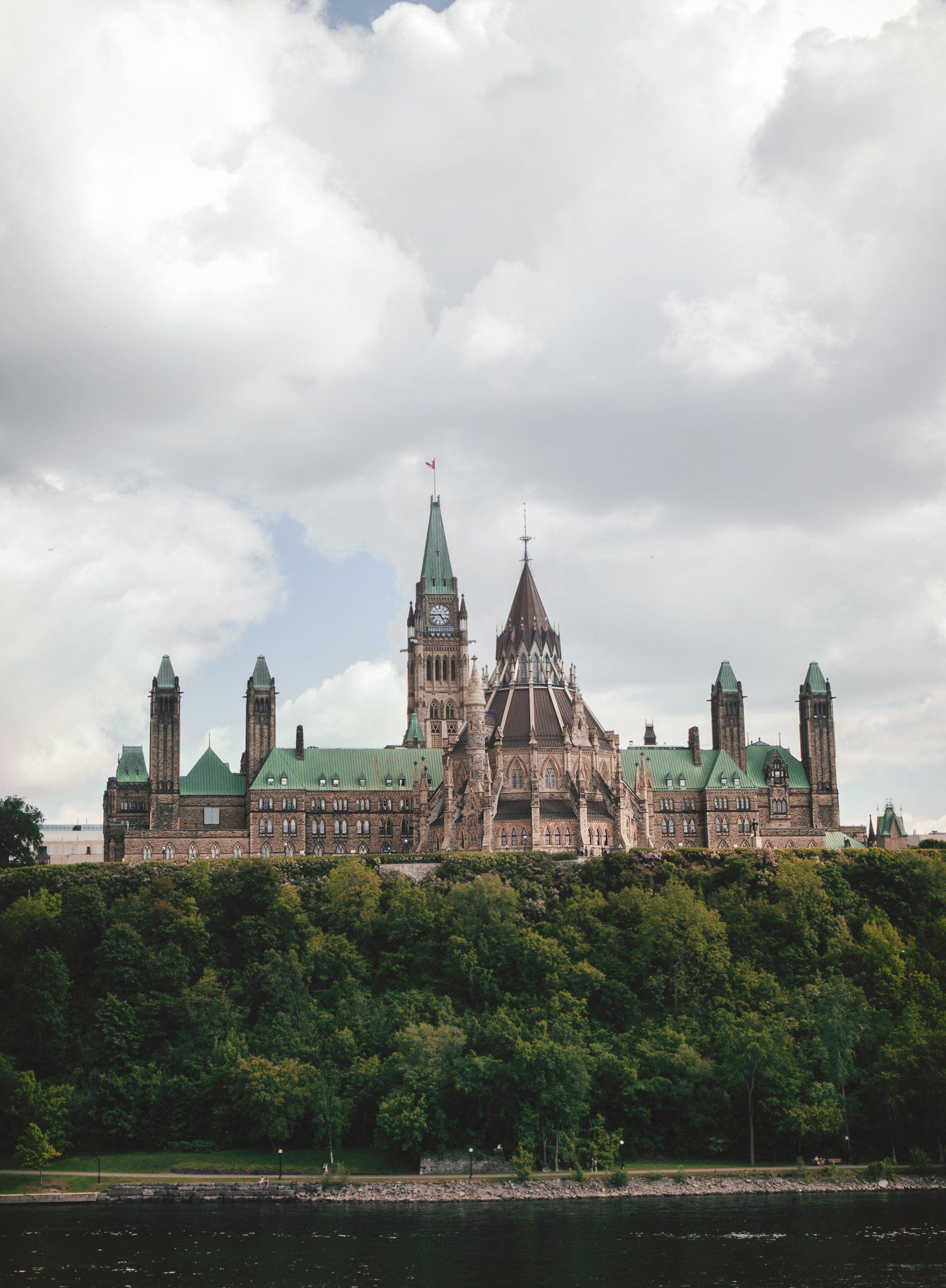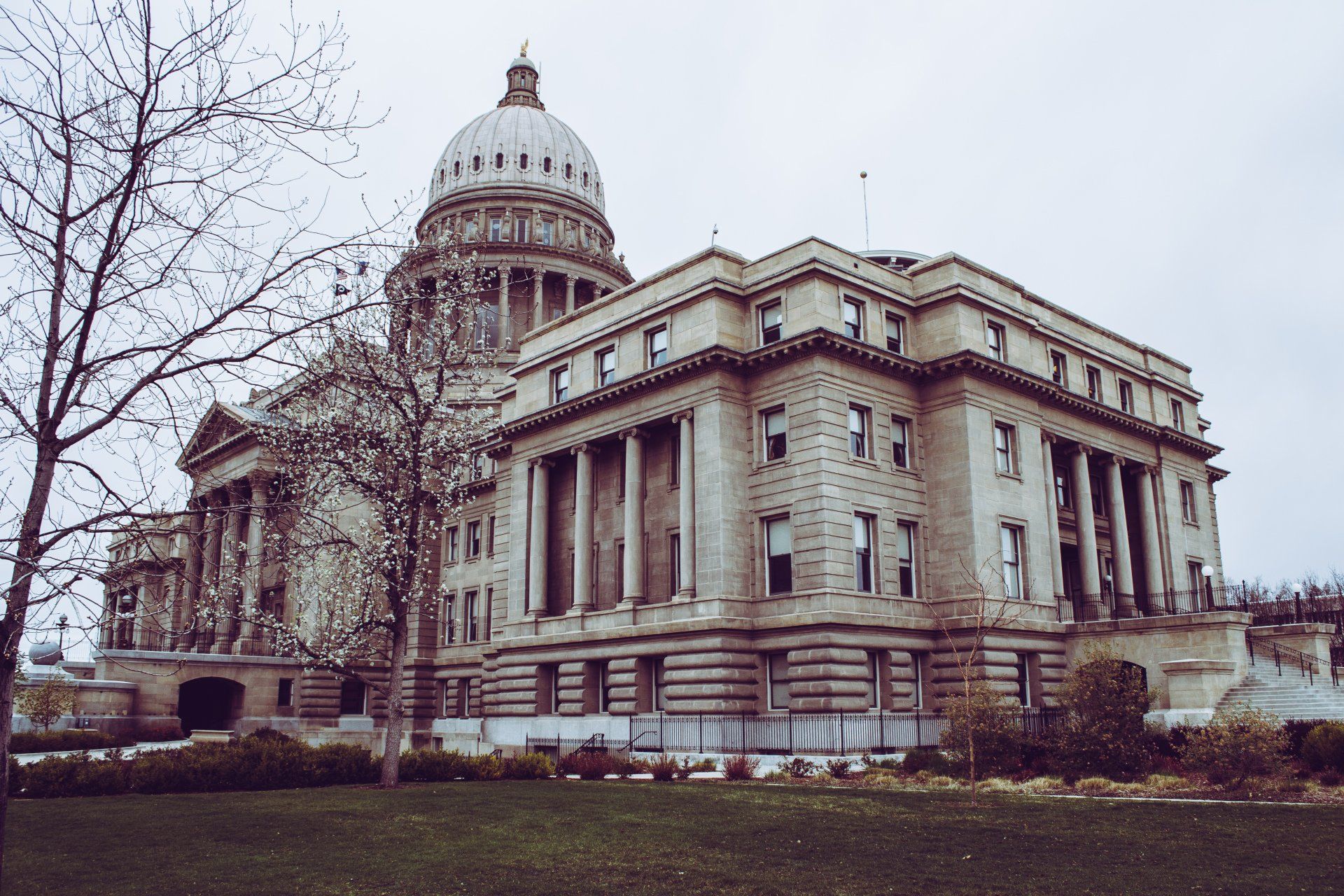Tourism and the Economy
The Impacts of Tourism on a Country’s Economy and Its Residents
Tourism, or travel for leisure purposes, has grown in popularity all around the world. People flock to areas that draw large numbers of visitors to take in their culture, history, and attractions. With rapidly changing global trends, tourism has become one of the largest industries in our society. While a tourism boom can be incredibly beneficial to the economies of local regions, it is not without its drawbacks. This article explores the impacts of tourism on local economies and the people who live in tourist destinations.
Examining Tourism
The tourism sector is difficult to define since, unlike other industries, there is no single product. Many industries are included, including accommodation, transportation, entertainment, tour operators, and more. Tourism is described in its broadest sense as when individuals travel and stay in areas other than their regular surroundings for less than one year for leisure, business, health, or other purposes.
As the tourism industry is so far-reaching, it can bring many economic benefits to countries. In 2020, the direct contribution of travel and tourism to global GDP was estimated to be over 4.7 trillion US dollars. The United States contributed the most with 1.1 trillion dollars. Tourism also provided 330 million jobs worldwide, which roughly equates to one in every ten jobs being in the tourism sector.
It is abundantly clear that tourism has enormous economic benefits for a country. It has direct and indirect effects on numerous businesses and is one of a country's most important sources of employment and foreign exchange profits.
The Dark Side of Tourism
While tourism brings innumerable benefits to countries, it is not without its challenges. Many popular tourist destinations across the world are dealing with the advent of overtourism, which happens when a destination receives an excessive number of visitors. While the number of tourists that constitutes “excessive” is subjective, the effects of overtourism are felt by local inhabitants, hosts, and business owners. Some effects of overtourism include increased rental costs that drive out locals to make space for vacation rentals, small highways getting clogged with tourist cars, and vulnerable environments becoming destroyed due to strained resources, for example.
Mallorca, the largest of Spain's Balearic Islands, has struggled with the effects of overtourism for the past couple of decades. In 2019, 11.8 million tourists visited Mallorca, dwarfing the island's population of under a million. The rising expense of living has been exacerbated by the conversion of family houses into vacation rentals, and the environmental consequences of overtourism in Mallorca have been severe. Tourism has pushed water consumption to the limit, and air pollution from airlines and massive fleets of rental cars forced some residents to wear masks even before the coronavirus pandemic began. Pre-pandemic, planes flew through Mallorca's Son Sant Joan airport at a record-breaking rate of one every 90 seconds in July 2017.
To help curb the negative impacts of mass tourism, officials in Mallorca announced a doubling of the tourist tax to €4 ($4.64) per person per day, which visitors are required to pay when checking out of hotels. These funds are intended to support a sustainable model so that tourism to the islands benefits local communities.
The Impact of the Coronavirus on Tourism
The coronavirus pandemic had a significant impact on the tourism industry across the world. National and international tourism came to a halt as countries adopted strict travel restrictions to combat the spread of the virus. The tourism industry's global revenue dropped by an estimated 42 percent in 2020. When looking at tourism revenue by country, the United States saw the largest decline in revenue, while the Asia Pacific area saw the biggest drop in international visitor arrivals. However, there have been pockets of activity, and as the pandemic fades, opportunities for businesses in the tourism industry are emerging.
As the world starts to open back up and more people resume national and international travel, it is important to understand the pros and cons of tourism in local economies.
The Benefits of Tourism for Local Economies
Creates Jobs
The tourism industry's most significant contribution to any country or region is the immediate generation of new jobs. Tourism creates numerous jobs in a wide variety of industries. These jobs are not limited to the tourism industry; they can also be found in peripheral industries such as agriculture, communications, health, and the educational sector, for example. Many travelers visit other countries to learn about the culture, traditions, and cuisine of the hosting country. Therefore, local eateries, shopping malls, and retailers benefit greatly. To illustrate, tourism has a significant impact on the population of Melbourne, Australia. It has a population of roughly 4 million people, and the tourism industry employs around 22,000 of them.
Improved Infrastructure
Tourism-dependent governments invest much in their country's infrastructure. They want more tourists to visit their country, which necessitates the provision of safe and advanced facilities. As a result, new roads and highways are built, parks are created, public places are upgraded, and new airports are built - all of which benefit local communities. Furthermore, residents benefit from increased opportunities for economic and educational advancement.
Brings In Foreign Exchange
When tourists visit a country, they invest much-needed foreign currency, bolstering the financial reserves of the host country. A well-developed tourism industry can generate large annual foreign exchange earnings. Aside from that, the tourism industry aids in the promotion of direct foreign investment in local tourist destinations, which benefits local economies even more. According to CEIC data, Germany's tourist sector earned $41 million in foreign exchange in 2019.
The Drawbacks of Tourism for Local Economies
Rising Cost of Living
Mass tourism has the negative impact of significantly increasing the cost of living for locals in popular tourist destinations. Take Barcelona for example. Approximately 30 million people visit Barcelona annually, which has created serious challenges for residents, including a 50 percent rent increase over the past five years. A 24-year-old receiving the average wage currently pays 114 percent of their monthly paycheck in rent.
Barcelona has the largest density of tourist apartments in Europe, with 12 for every 1,000 people, compared to 10 in Rome and 7 in London. Tensions among the locals are high as residents are upset about rising housing costs and rental rates. Despite its best efforts, the city is unable to restrict the spread of Airbnb and related services which are central to the problem.
Environmental Damage
One of the most common concerns about overtourism is its environmental impact. Excess pollution, habitat degradation, and the extinction of rare flora and animals can all result from too many tourists and insufficient laws. Maya Bay, for example, the magnificent Thai hideaway made famous by the film "The Beach," starring Leonardo Di Caprio saw nearly 2.5 million tourists in 2018, with an average of about 4000 visitors per day. The crowds and boats devastated large sections of the coral reefs, resulting in the extinction of most of the area's unusual sea life. The Thai government blocked this beach for a few years and only reopened it in 2021 to allow the coral reefs to heal and prevent the bay from eroding.
Overloaded Infrastructure
Unregulated tourism has significant negative environmental consequences, including local natural resource depletion, pollution, and waste issues. Overconsumption of natural resources is also a common problem due to mass tourism, especially in places where resources are already scarce.
Mass tourism places a huge strain on local land use and has the potential to deplete the environmental resources that locals rely on. After years of uncontrolled tourism, Boracay Island in the Philippines has been closed to restore the ecosystem. The waste problem is also a major issue in Bali, which is attempting to address it with the Zero Waste Bali concept.
The Verdict
Tourism brings a host of benefits to countries, such as job creation, improved infrastructure, and increased revenue. However, it is important for countries that heavily rely on tourism to put measures in place to mitigate the negative impacts of tourism on their local communities. The drawbacks of tourism on local economies and residents include rising costs of living, environmental damage, and overloaded infrastructure. Governments need to implement measures to protect their countries from the drawbacks of tourism, and tourists must be respectful of the local environment and cultures which they are visiting.


